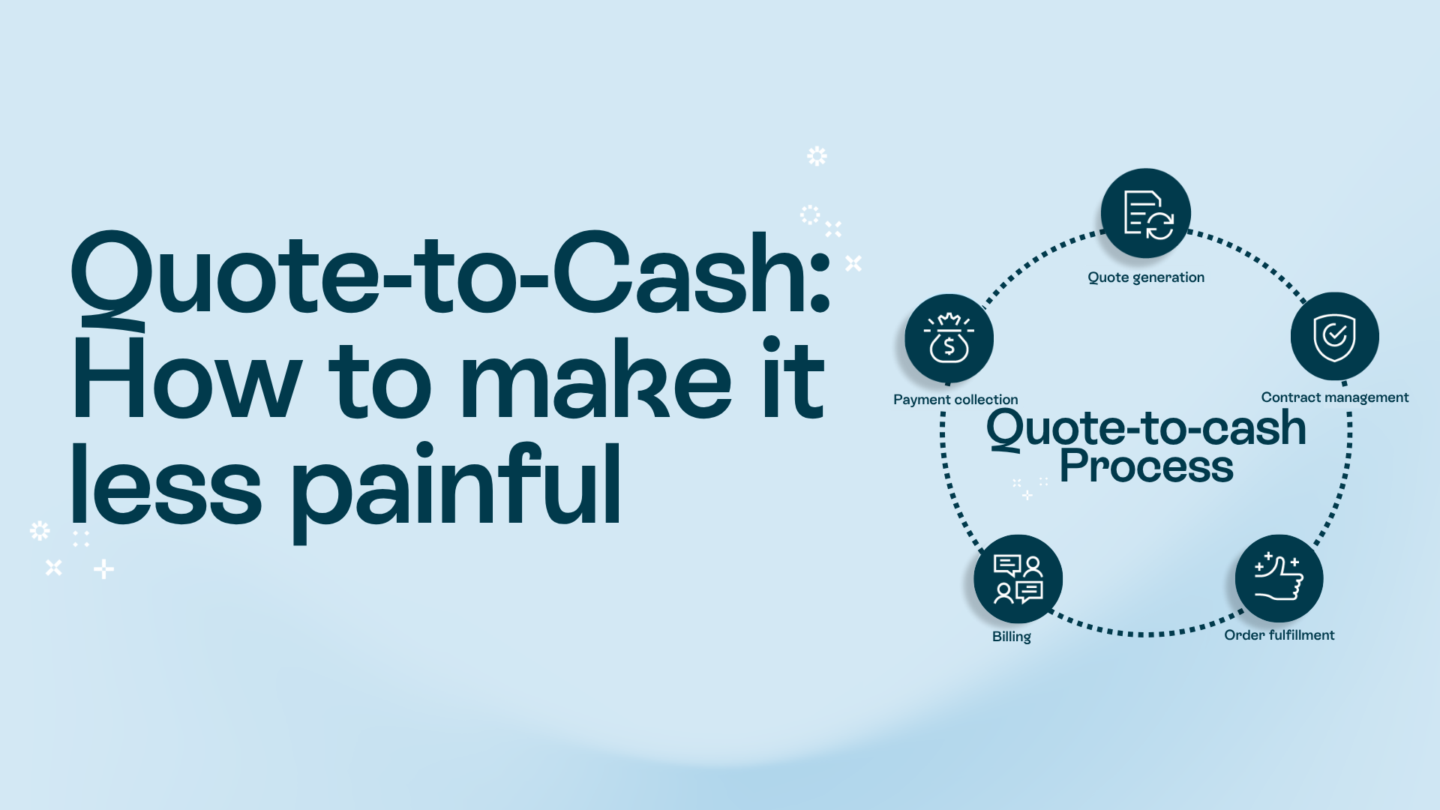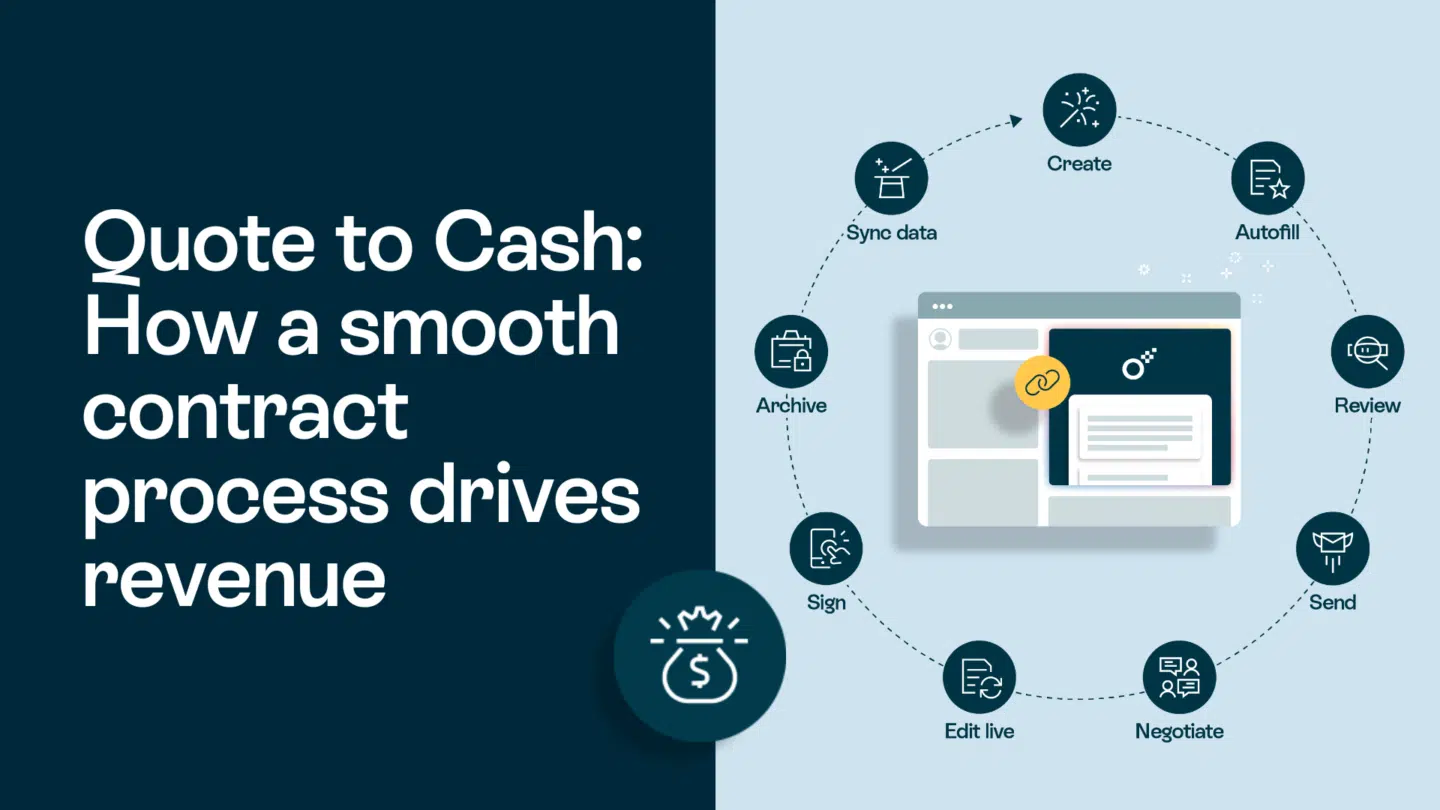Congratulations! You’re ready to take a big step in building your business, and that means creating an employment agreement. Whether you’re hiring your first employee or expanding your team, having a well-drafted employment agreement is crucial to protecting both you and your team members. In this article, we’ll guide you through all the essential steps to creating a foolproof employment agreement that meets the needs of your organization.
What actually is an employment agreement?
An employment agreement is a legally binding contract between an employer and an employee. It sets out the terms and conditions of employment, including job responsibilities, salary, and other benefits. An employment agreement serves to protect both the employer and the employee by clearly stating the expectations and obligations of each party.
Legal requirements and protections for the employment agreement
Before creating an employment agreement, it’s important to understand the legal requirements and protections in your region. Consult with a legal professional and research local laws to ensure that your agreement complies with all relevant regulations.
Read also: How PDF contracts are a problem for your business

Establishing clear expectations
The employment agreement should outline specific expectations for the role, including job responsibilities, performance expectations, and standards of conduct. This ensures that your employee fully understands what is expected of them and helps to prevent disputes down the line.
Additionally, it is important to establish clear expectations regarding communication and feedback. Will there be regular performance reviews? Will there be open lines of communication between the employer and employee? These are important questions to consider when drafting an employment agreement.
Another important aspect to consider is the employee’s schedule. Will they be working a set schedule or will their hours vary? It is important to clearly outline the expected work schedule in the employment agreement to avoid any confusion or misunderstandings.
Benefits and compensation
The employment agreement should also outline the employee’s compensation and benefits package. This includes their salary, any bonuses or incentives, and any other benefits such as health insurance, retirement plans, or vacation time. It is important to clearly outline these benefits to ensure that the employee fully understands what they are entitled to.
Furthermore, it is important to outline any policies regarding time off, sick leave, or other absences. This ensures that the employee knows what to expect in terms of time off and prevents any misunderstandings or disputes.
Confidentiality and non-compete clauses
Employment agreements may also include clauses regarding confidentiality and non-compete agreements. These clauses prohibit the employee from disclosing confidential information about the company or from working for a competitor for a certain period of time after leaving the company.
It is important to carefully consider the wording of these clauses to ensure that they are reasonable and enforceable. Consult with a legal professional to ensure that these clauses comply with local laws and regulations.
Overall, an employment agreement is an important document that serves to protect both the employer and the employee. By clearly outlining expectations, compensation, and benefits, the employment agreement helps to prevent disputes and misunderstandings down the line.
Read also: How to write a non-compete agreement

Essential components of an employment agreement
Now that you understand the purpose of an employment agreement, let’s dive into the essential components needed for a comprehensive agreement.
Job title and description
The job title and description should be as clear as possible to avoid any confusion about the role. This section should include essential details about the job, such as main duties and responsibilities, qualifications, and experience.
Employment status and classification
Clarify whether the employee is a full-time, part-time, or contract employee, as well as their classification, such as exempt or non-exempt. This section should also include any details about eligibility for overtime, benefits, and paid time off.
Compensation and benefits
Clearly outline the employee’s salary or hourly wage, as well as any bonuses or incentives. In addition, list any benefits or perks that come with employment, such as health insurance, retirement plans, or paid time off.
Work schedule and hours
Specify the hours and days that the employee is expected to work, as well as any policies around overtime pay, sick leave, and vacation time.
Probationary period
This section should outline the terms of a probationary period, should it be necessary, including length of time and the criteria for evaluation.
Confidentiality and non-compete clauses
A confidentiality clause is essential for protecting company trade secrets, while a non-compete clause restricts an employee from working for direct competitors after they leave the company. Ensure that any such clauses are reasonable and enforceable.
Read also: What are digital contracts?

Customizing the agreement for your organization
Every organization is unique and has its own specific needs and culture. It’s crucial to make sure your employment agreement reflects this individuality to best suit your organization.
Company culture and values in the employment agreement
Consider how your company culture and values align with the employment agreement. Ensure that any clauses or policies are consistent with your company’s overall mission and culture.
You can try Oneflow templates for free here
Unique benefits and perks
Think about what makes your organization stand out from the competition and consider offering unique benefits and perks that align with your company values. This could include flexible work hours, remote work options, or wellness programs.
Tailoring the agreement to specific roles
Remember that different roles within your organization may require different agreements. Be sure to customize each agreement accordingly to ensure that expectations are clear and that employees feel valued and encouraged to perform their best.
Read also: People. The most important part of your organization

Drafting and reviewing the agreement
Once you’ve gathered all the necessary information, it’s time to draft and review the employment agreement.
Using templates and legal resources
There are many resources available online to assist in creating an employment agreement, such as templates and legal websites. However, be sure to consult with a legal professional to ensure that the document reflects local laws and regulations.
Writing an employment agreement: Ensuring compliance with local laws
The employment agreement must comply with all relevant local laws and regulations. Research the laws in your region or consult with a legal professional to ensure compliance.
Reviewing the agreement with a legal professional
It’s always beneficial to have a legal professional review the agreement before it’s signed. This helps to ensure that both the employer and employee are protected and that any potential disputes are avoided.
The key takeaways
Creating a comprehensive employment agreement can be time-consuming and complex, but it’s essential for protecting your organization and employees. By following these steps and consulting with a legal professional, you can create an agreement that effectively outlines the role, expectations, and obligations of each party. Investing the time and effort now can prevent disputes and ensure a positive and productive work environment for all.
Do you want to get started with contracts like these, and many more types? Click here to try Oneflow today.








